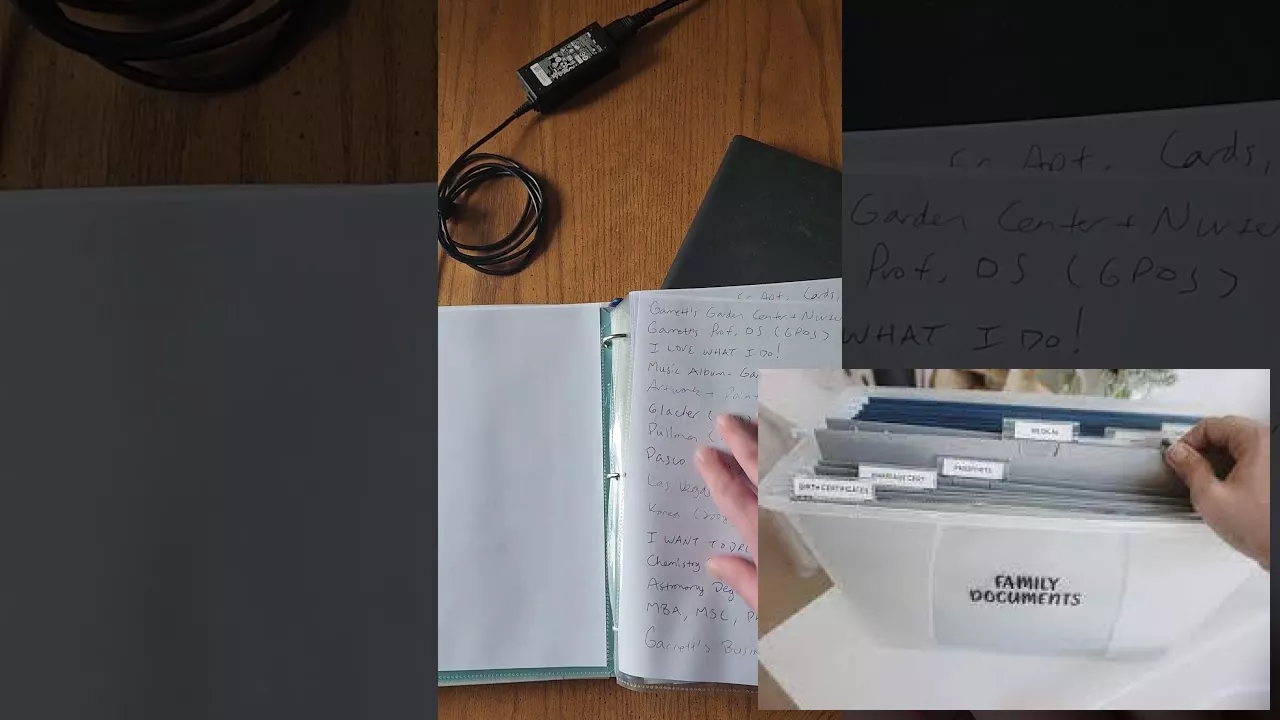Did you know the average person spends 15 minutes a day searching for misplaced documents? That's over 90 hours a year wasted! A digital document binder can revolutionize how you manage your files, saving you time and reducing stress. This guide will walk you through the process of choosing and using the perfect digital document binder for your needs.
Why switch to digital? The benefits are clear. Not only do you save time, but also space. You eliminate the risk of lost, damaged, or destroyed documents. But where do you start? Let's dive in.
Here are three key steps to get started with your digital document binder:
- Choose a suitable digital document binder software or platform.
- Scan your physical documents using a scanner or your smartphone.
- Organize your scanned files into a logical filing system.
Choosing a Digital Document Binder
This is a crucial step. Consider factors such as user-friendliness, security features, cost, and platform compatibility. Many options exist, ranging from simple apps to complex enterprise solutions. What are your specific needs? How much storage space do you require? What level of security is necessary for your documents? These are all vital questions to consider.
Comparing Popular Options
| Option | Cost | Storage | Security | User-Friendliness |
|---|---|---|---|---|
| Option A | Free/Paid | Variable | Good | Easy |
| Option B | Paid | High | Excellent | Intermediate |
Scanning and Saving Your Documents
Once you've chosen your digital document binder, it’s time to scan your documents. You can use a dedicated scanner for high-quality results or a smartphone app for convenience. Remember to maintain consistent file naming conventions to easily search and retrieve information later.
The transition to a paperless office can feel daunting, but it's a journey. Just like transitioning from film photography to digital, there's a learning curve. But the result is worth the effort. It’s about embracing a more efficient and organized approach to information management.
Organizing Your Digital Files
Developing a robust filing system is essential. Consider using a hierarchical structure with folders and subfolders for different categories. Think about how you currently organize your physical files – can that system be replicated digitally? This might involve creating folders for specific projects, years, clients, or any other organizational scheme that makes sense for your workflow.
Consistent naming conventions are also critical. Avoid using special characters in filenames, and stick to a logical naming scheme. This will improve searchability and prevent confusion.
Imagine the ease of searching for documents with keywords rather than rummaging through countless folders! That's the power of effective digital file organization.
Security and Backup Strategies
Protecting your digital files is paramount. Consider using strong passwords, two-factor authentication, and regularly backing up your data to an external drive or the cloud. Think of it as a digital insurance policy against data loss.
"A digital document binder is not just a tool; it's a system for managing your most important information. Prioritize security and you'll be safeguarding your valuable documents for years to come."
Frequently Asked Questions
Q1: What if I make a mistake while organizing my files? A1: Don’t worry! Most digital document binder systems allow you to easily move, rename, and delete files. Just remember to create backups before making significant changes.
Q2: Can I access my documents from any device? A2: Depending on the platform you choose, this is usually possible. Cloud-based options offer the greatest accessibility.
Q3: Is my data secure in the cloud? A3: Reputable cloud storage providers implement robust security measures, but it's crucial to review their security policies.
Q4: How long does it take to switch to a digital document binder? A4: The time required varies depending on the volume of physical documents you need to scan and organize.
Q5: What are the best beginner file storage solutions? A5: Many cloud services offer free plans or free trials, enabling you to begin with a low-risk approach. Start with one and gradually migrate your files.

